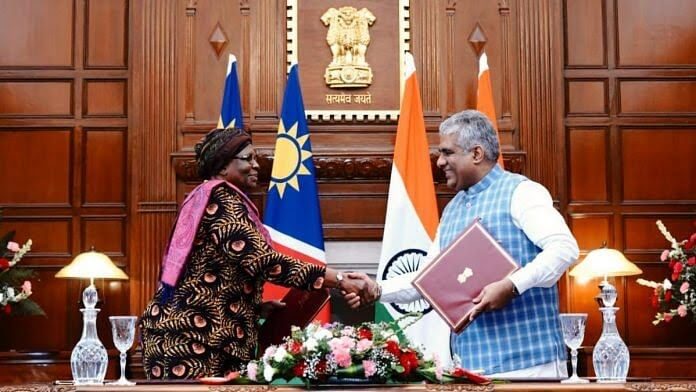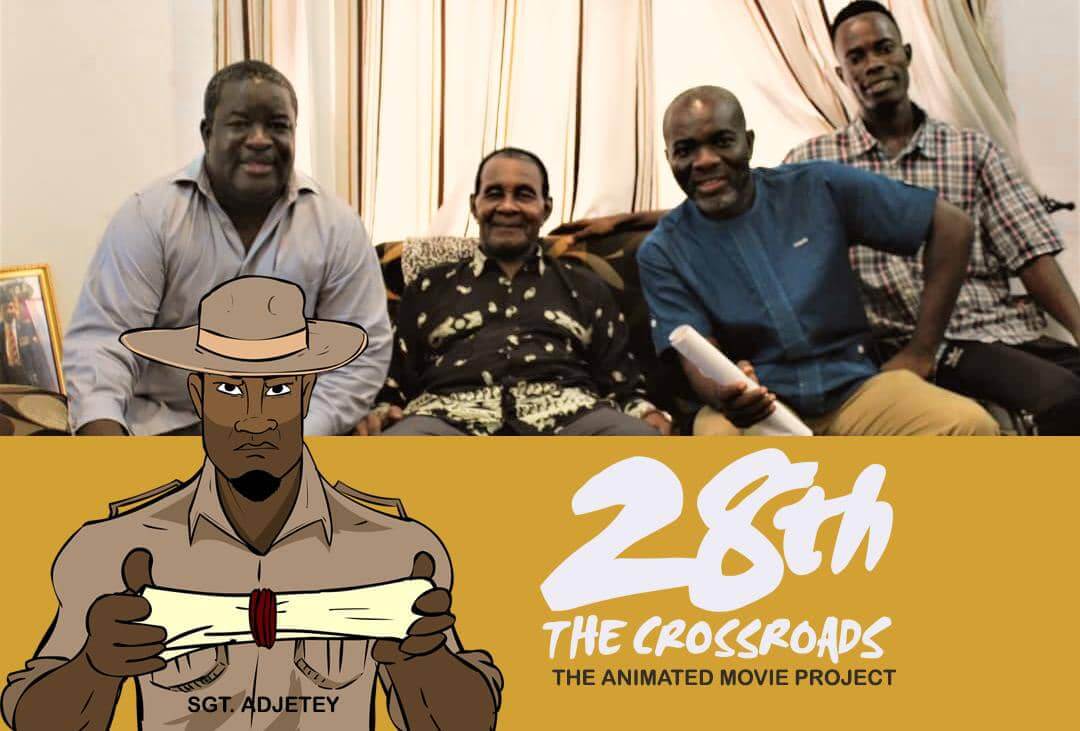India-Namibia sign MoU to repopulate African Cheetahs in India

A Memorandum of Understanding (MoU) on animal conservation and sustainable biodiversity utilisation has been signed by the governments of India and Namibia today in order to restore the cheetah to its historical territory in India.
Bhupender Yadav, the Union Minister for Environment, Forests, and Climate Change (MoEF&CC) of India, and Netumbo Nandi-Ndaitwah, the Deputy Prime Minister and Foreign Minister of Namibia, signed the MoU in New Delhi, India.
The primary objective of the cheetah reintroduction project in India is to provide room for the cheetahs to spread out within their historical range, supporting efforts to conserve the species on a global scale.
Yadav announced this earlier today after hosting with the Namibian delegates in India, he tweeted on his account that “the MoU seeks to promote conservation and restoration of cheetah in their former range from which the species went extinct.”
According to the press release jointly released by the governments of both countries, “the Wildlife Institute of India (WII), national and international carnivore/cheetah experts/agencies would provide technical and knowledge support to the programme.
The officials of the MoEF&CC, NTCA, WII, State Forest Departments would be sensitized to ensure the success of cheetah reintroduction in India, through capacity building programs in Cheetah conservation reserves of Africa.
In addition, the Cheetah managers and biologists from Africa would be invited to impart training of Indian counterparts.“
The first eight cheetahs are anticipated to be translocated to Kuno National Park in Madhya Pradesh from Africa by MoEF&CC in cooperation with the WII and India’s National Tiger Conservation Authority.
The first group of cheetahs, which will include four male and as many female animals, will come from Namibia in August, according to MoEF&CC.
READ ALSO: Africa’s Approach to Wildlife Conservation Needs to Change
While Kuno National Park can only sustain a maximum of 21 cheetahs at any given time, the greater terrain can accommodate roughly 36 cheetahs after it has been restored.
Through prey restoration, the remaining 1,280 sq km of the Kuno Wildlife Division can be added, further increasing its capacity.
In order to engage the local villages and communities as stakeholders in the project, MoEF&CC will also initiate comprehensive awareness efforts among them.
“Cheetah as a flagship specie will lead to greater focus on the status of dry-open forest/savanna ecosystems and the need to restore and manage them. Cheetah reintroduction would also greatly enhance local community livelihoods through eco-tourism prospects in the long term,” said Yadav

Abeeb Lekan Sodiq is the Managing Editor of theafricandream.net, a pan-African news website subsidiary of US-based TheAfricanDream LLC. He is also a Human Resource Practitioner, and a freelance Graphics Designer. He has worked with prominent personalities, including ambassadors, secretariats, international organisations, universities, celebrities, NGO, and media firms.



